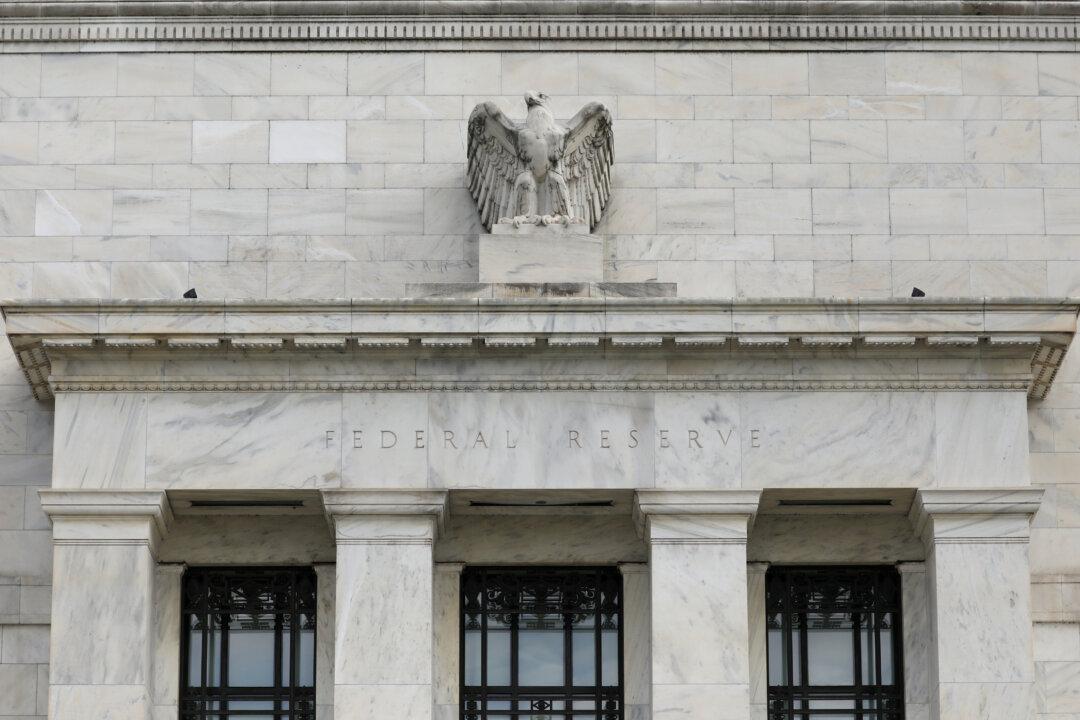Commentary
Those who criticize and want to bypass the Federal Reserve must put their money where their mouth is. Instead of just talking about a better way, they can demonstrate that private money is superior.

Those who criticize and want to bypass the Federal Reserve must put their money where their mouth is. Instead of just talking about a better way, they can demonstrate that private money is superior.